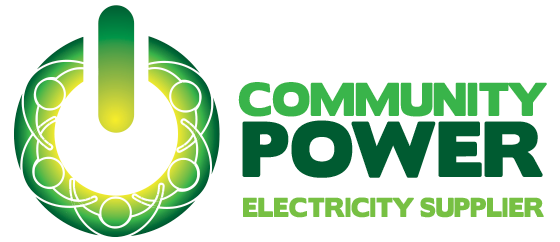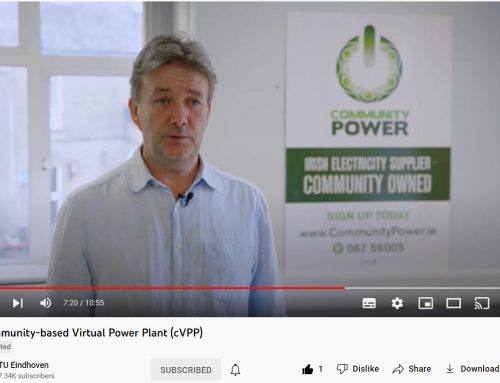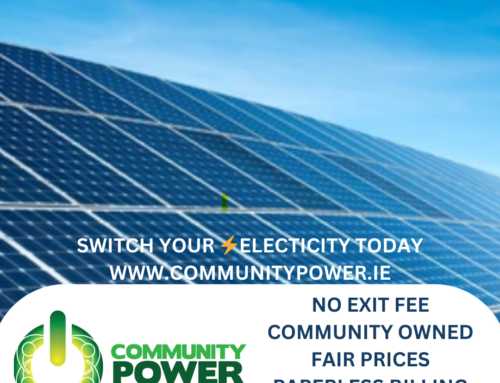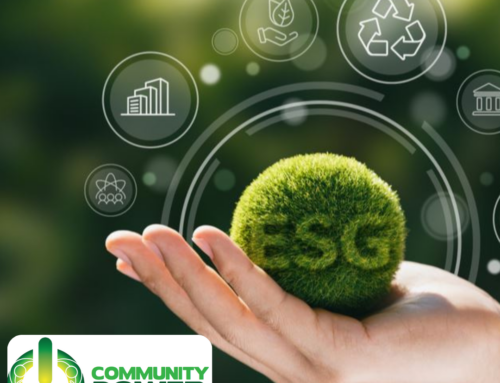 Ireland stands at the cusp of a green revolution, with community energy projects leading the charge toward a sustainable future. These initiatives are more than just a response to climate change—they are a testament to the power of collective action and local ownership in transforming our energy landscape. As we embrace this movement, it’s essential to understand its significance, current landscape, and the potential it holds for communities across Ireland.
Ireland stands at the cusp of a green revolution, with community energy projects leading the charge toward a sustainable future. These initiatives are more than just a response to climate change—they are a testament to the power of collective action and local ownership in transforming our energy landscape. As we embrace this movement, it’s essential to understand its significance, current landscape, and the potential it holds for communities across Ireland.
The Importance of Community Energy
Community energy projects are vital for several reasons:
- Environmental Impact: They contribute significantly to reducing carbon emissions by promoting renewable energy sources like wind, solar, and hydroelectric power.
- Economic Benefits: These projects create local jobs and keep energy spending within the community, fostering economic resilience and growth.
- Social Cohesion: By involving local people in energy production, these projects strengthen community bonds and encourage a collective approach to solving local issues.
- Energy Independence: Community energy reduces reliance on imported fuels, enhancing energy security and stability.
The Current Landscape in Ireland
Ireland has seen a surge in community energy projects over the past decade. The government has set ambitious targets under the Climate Action Plan 2021, aiming to have renewable sources provide 70% of electricity by 2030. Community-led initiatives are a cornerstone of this plan, supported by various grants and incentives.
Templederry Wind Farm: The first community-owned wind farm in Ireland, operational since 2012, it has been a pioneer in showcasing the potential of community energy.
Challenges and Opportunities
While the momentum is strong, challenges remain. Navigating regulatory frameworks, and maintaining community engagement are common hurdles. However, these challenges also present opportunities for innovation and collaboration.
Overcoming Funding Hurdles
Access to funding can be a significant barrier. Community groups often rely on a mix of grants, loans, and community shares. The Sustainable Energy Authority of Ireland (SEAI) provides grants and support for community projects, which are crucial for initial development phases.
Navigating Regulatory Frameworks
The regulatory landscape can be complex, but recent reforms aim to simplify processes.
Maintaining Community Engagement
Sustained community involvement is vital. Successful projects often have strong leaders who are passionate about renewable energy and can mobilize local support. Regular communication and tangible benefits, such as reduced energy costs, help maintain momentum.
The Future of Community Energy in Ireland
The future looks promising for community energy in Ireland. With increasing government support, technological advancements, and a growing awareness of the climate crisis, community energy projects are poised to flourish.
Technological Advancements
Emerging technologies like energy storage and smart grids offer exciting possibilities. These advancements can enhance the efficiency and reliability of community energy systems, making them more attractive and feasible.
Policy Support
Continued policy support will be crucial. The Irish government’s commitment to community energy, as outlined in the Programme for Government, needs to be backed by robust and accessible support mechanisms.
Grassroots Movements
Grassroots movements will play a pivotal role. As more communities witness the benefits of local energy projects, a ripple effect can drive wider adoption. Education and awareness campaigns can further empower communities to take charge of their energy futures.
Conclusion
Community energy in Ireland is more than a trend—it’s a movement towards sustainability, resilience, and local empowerment. By harnessing the collective power of communities, Ireland can achieve its renewable energy targets and create a more sustainable and equitable energy system. As these projects continue to grow and evolve, they offer a blueprint for a greener future, not just for Ireland but for communities worldwide. Together, we can power a sustainable tomorrow.



